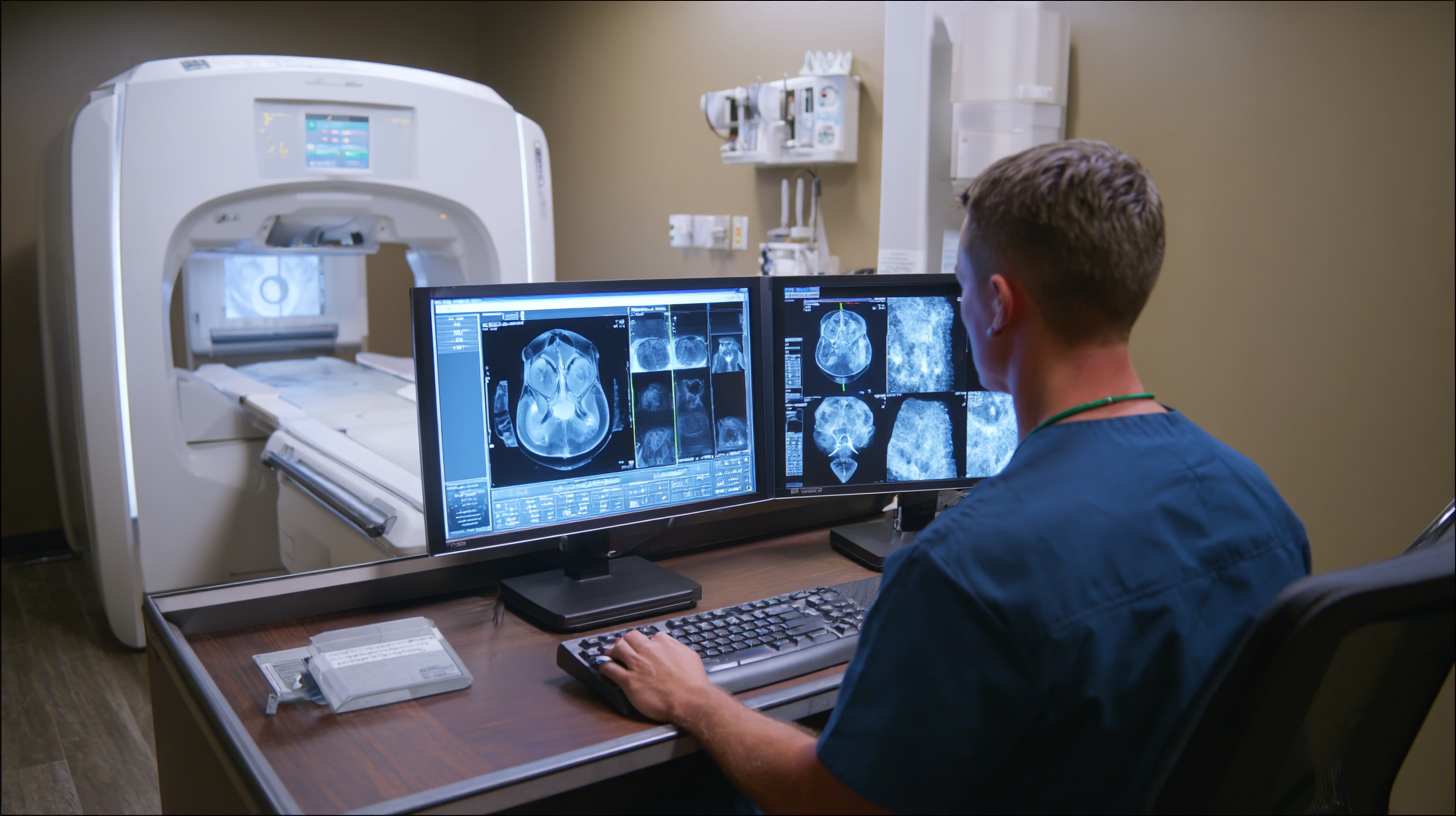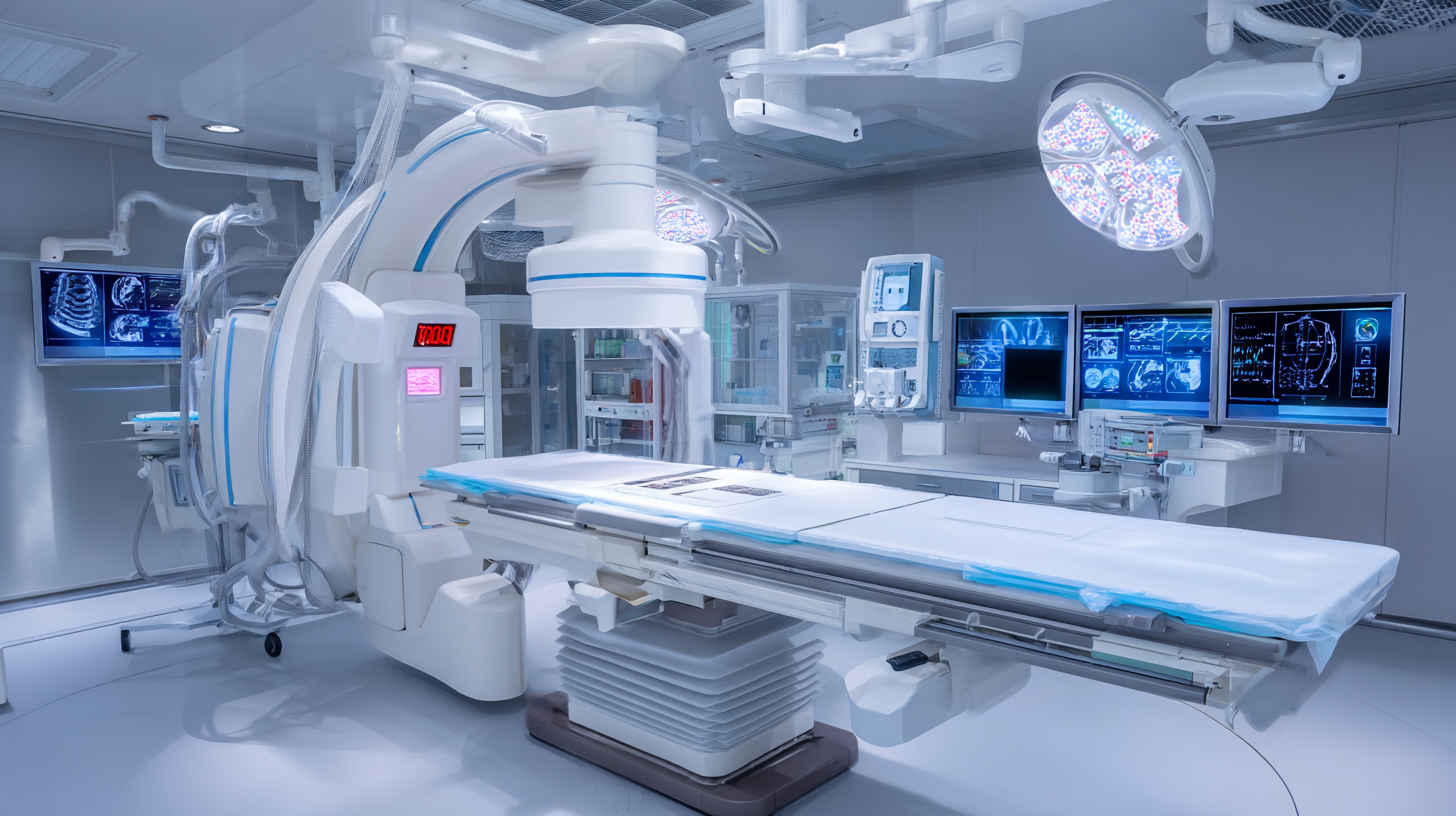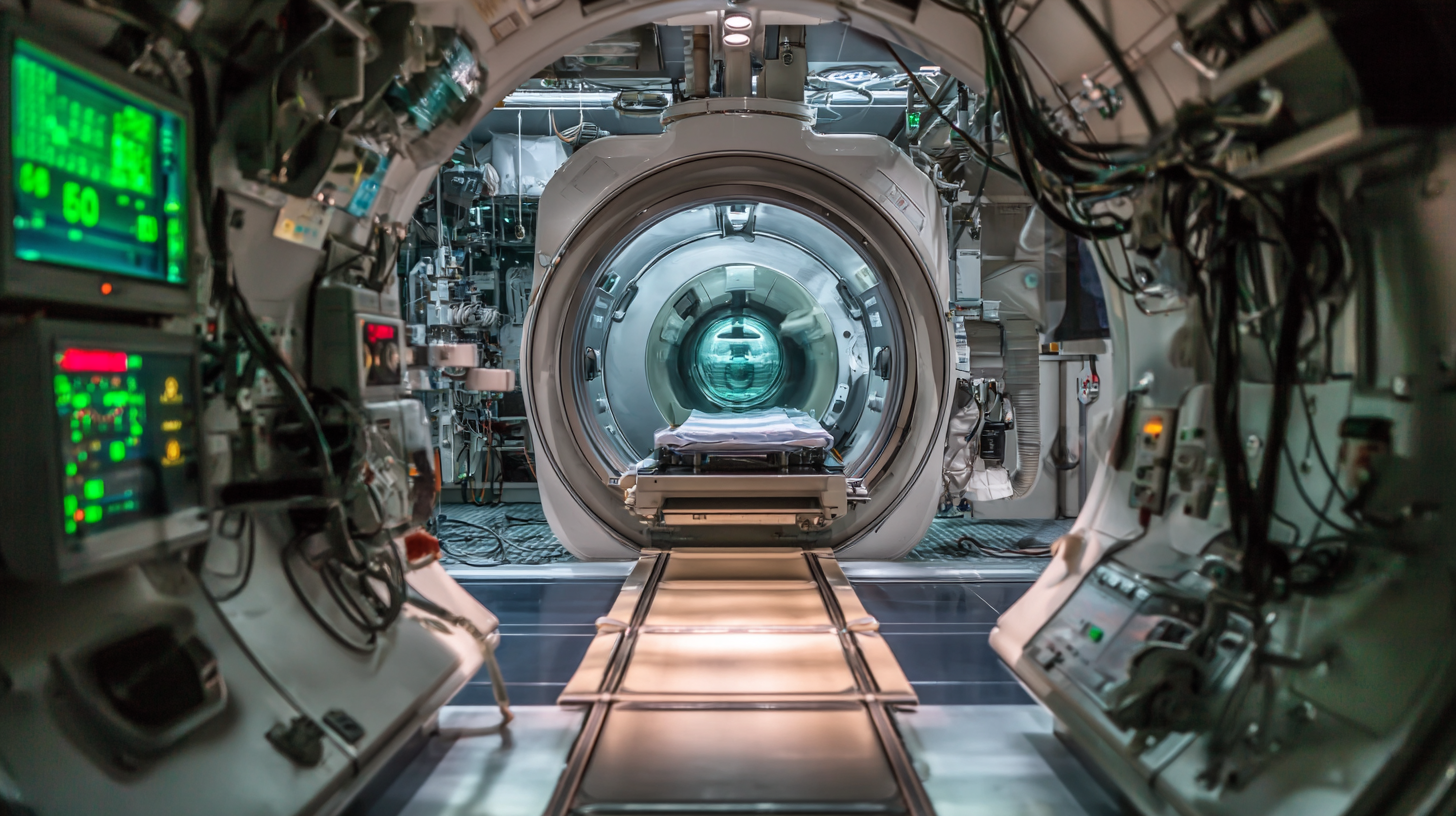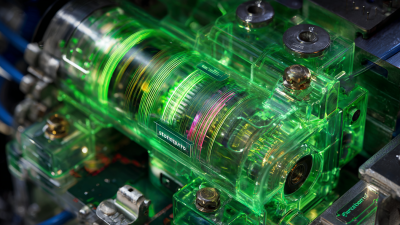Services
Five Key Metrics to Evaluate Mobile C Arm Image Intensifier Performance
The performance of the Mobile C Arm Image Intensifier is critical in various medical imaging procedures, influencing both diagnostic outcomes and surgical efficiencies. As this technology continues to evolve, practitioners must focus on key metrics that provide a comprehensive evaluation of its effectiveness. This article delves into five essential criteria: image quality, spatial resolution, contrast sensitivity, dynamic range, and operational flexibility. By understanding these metrics, healthcare professionals can make informed decisions about the capabilities of Mobile C Arm Image Intensifiers, ensuring optimal performance during surgical procedures. Ultimately, a thorough evaluation of these parameters not only enhances clinical outcomes but also contributes to the overall safety and effectiveness of patient care in rapidly changing medical environments.

Defining Image Quality Metrics for Mobile C Arm Systems
Image quality is a crucial factor in evaluating the performance of mobile C-arm systems, particularly in medical imaging applications. To assess image quality effectively, several key metrics must be defined. These include spatial resolution, contrast resolution, signal-to-noise ratio (SNR), dose efficiency, and image stability. Spatial resolution determines the ability of the system to distinguish fine details within an image, while contrast resolution assesses the system's capacity to differentiate between varying tissue densities. Both metrics are essential for ensuring clear and accurate images during surgical procedures.

Moreover, SNR plays a critical role in image clarity, as a higher signal relative to noise results in clearer images. Dose efficiency refers to the balance between achieving high-quality images and minimizing radiation exposure to patients and healthcare providers. Additionally, image stability examines how consistently a system can produce high-quality images under various conditions. By focusing on these metrics, medical professionals can enhance the performance of mobile C-arm systems, ultimately leading to improved diagnostic and surgical outcomes.
Assessing Spatial Resolution and Detail Reproduction
In evaluating the performance of mobile C-arm image intensifiers, assessing spatial resolution and detail reproduction is crucial. High spatial resolution enables clearer images, allowing medical professionals to discern fine details during diagnostic procedures. This aspect parallels recent studies assessing data resolution in other fields, such as precipitation analysis and damage evaluation via high-resolution remote sensing data. The ability to reproduce accurate representations, whether it's rainfall patterns in Italy or damage assessments in Saudi Arabia, reflects the significance of spatial resolution in various applications.
Tips: When considering a mobile C-arm's performance, always prioritize systems that provide high temporal and spatial resolution. This ensures that you capture critical details needed for accurate diagnosis. Moreover, don’t underestimate the importance of contrast reproduction; it can significantly enhance the clarity of tissues and alignment during procedures. As demonstrated in studies on imaging technologies, the balance between higher resolution and practical usability will always remain essential.

Evaluating Contrast Resolution for Optimal Image Clarity
Evaluating contrast resolution is crucial for achieving optimal image clarity in mobile C arm systems. This metric directly impacts the ability of healthcare providers to discern between subtle differences in tissue types, which is essential during surgical procedures. High contrast resolution enables the visualization of fine details in the anatomy, assisting surgeons in making informed decisions and enhancing overall patient safety.
Contrast resolution in mobile C arms is influenced by various factors, including the quality of the image intensifier, the digital processing algorithms employed, and the imaging conditions. It is vital to assess how these parameters interact to ensure that the device can produce high-quality images regardless of the complexities of the surgical environment. Advanced features such as noise reduction and image enhancement algorithms further contribute to improved contrast resolution, allowing for clearer visualization in challenging scenarios, such as patients with high body mass index or those with anatomical variations.
Five Key Metrics to Evaluate Mobile C Arm Image Intensifier Performance - Evaluating Contrast Resolution for Optimal Image Clarity
| Metric | Description | Typical Values | Ideal Range |
|---|---|---|---|
| Spatial Resolution | Ability to distinguish between two closely spaced objects on an image. | 1.0 - 2.0 mm | < 1.0 mm |
| Contrast Resolution | Ability to differentiate between various shades of grey in an image. | 8 - 10 bits | > 10 bits |
| Image Noise Level | Degree of unwanted variations in brightness or color in an image. | 20 - 30% | < 20% |
| Dynamic Range | Range of intensity levels that the imaging system can process. | 1000:1 | > 2000:1 |
| Frame Rate | Number of images captured per second during operation. | 15 - 30 fps | > 30 fps |
Analyzing System Sensitivity and Noise Levels
In evaluating the performance of mobile C-arm image intensifiers, system sensitivity and noise levels play crucial roles. Sensitivity analysis is essential for understanding how different parameters affect the imaging quality, especially in clinical environments where precision is paramount. Just as studies in various fields explore the implications of sensitivity, such as environmental health and structural acoustics, the analysis of an image intensifier's response to various conditions is necessary for optimizing its application in medical settings.
Furthermore, noise levels significantly impact image quality, making it critical to assess their influence alongside sensitivity. Just as recent research highlights how noise affects patient care in hospital environments, the noise generated by C-arm systems can degrade diagnostic accuracy. By conducting a thorough sensitivity analysis, manufacturers and medical professionals can identify key factors that enhance image clarity while minimizing disruptive noise, ultimately improving patient outcomes and diagnostic capabilities in real-time medical procedures.
Understanding the Impact of Frame Rate on Image Performance
Frame rate is a vital factor that significantly impacts the performance of mobile C-arm image intensifiers. It determines how many frames per second (fps) the device can capture, which directly influences the clarity and fluidity of the images produced. A higher frame rate allows for smoother visual transitions, making it easier for medical professionals to observe real-time changes during procedures. In fast-paced surgical environments, a frame rate of at least 30 fps is recommended to ensure that crucial details are not missed.
When evaluating the effectiveness of mobile C-arm systems, it’s essential to understand the relationship between frame rate and image quality. While a higher frame rate improves motion capture, it can also lead to increased image noise if the sensor performance is not up to par. Therefore, it is vital to balance frame rates with the overall image resolution and contrast for optimum results.
**Tips:** Ensure your C-arm system is configured for the specific types of procedures you will be performing. Test different frame rates during practice runs to find the optimal setting that balances clarity and speed. Regularly check for updates and maintenance on your equipment to sustain high-performance levels.
Five Key Metrics to Evaluate Mobile C Arm Image Intensifier Performance
This chart illustrates the impact of frame rate on image performance for mobile C-arm systems. Higher frame rates generally enhance the image clarity and reduce motion blur, which are critical for accurate diagnostics and procedures.
Related Posts
-

Innovative Solutions for Improving Diagnostic Accuracy with C Arm Image Intensifiers
-

Understanding the Functionality and Applications of Mobile Image Intensifiers in Modern Technology
-

Ultimate Guide to Choosing the Right X Ray Intensifier: Key Factors and Industry Insights
-

Revolutionizing Energy Efficiency with Innovative Thermal Intensifiers
-

How to Choose the Right X Ray Intensifier for Optimal Imaging Performance
-

Future Innovations in Best Fluoro Image Intensifiers Shaping 2025 Industry Trends
